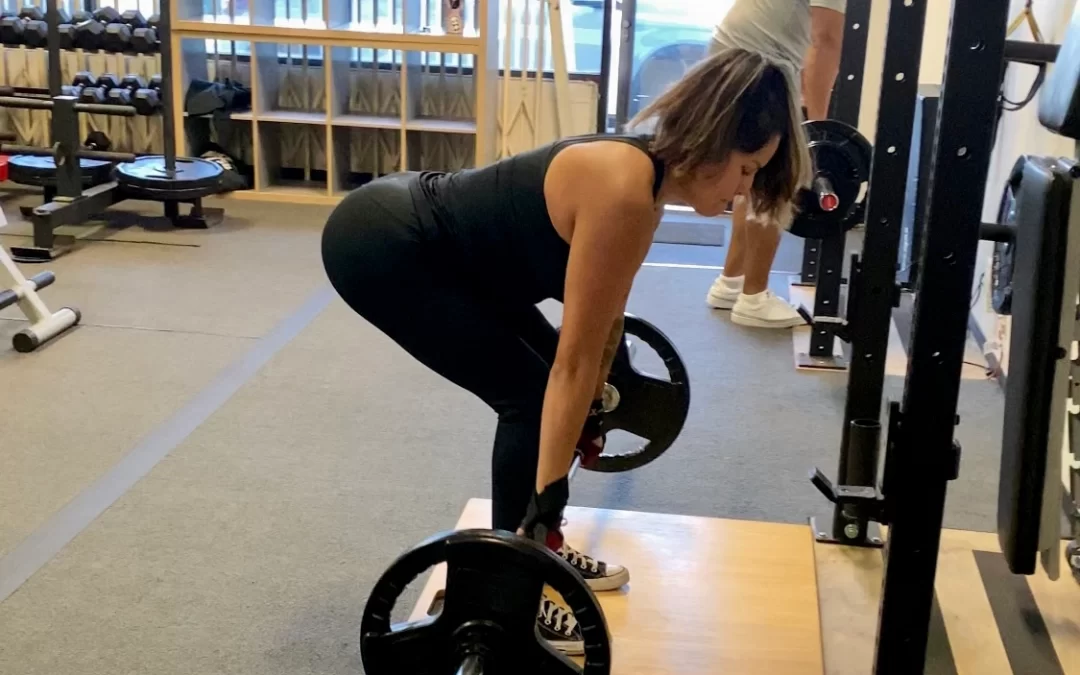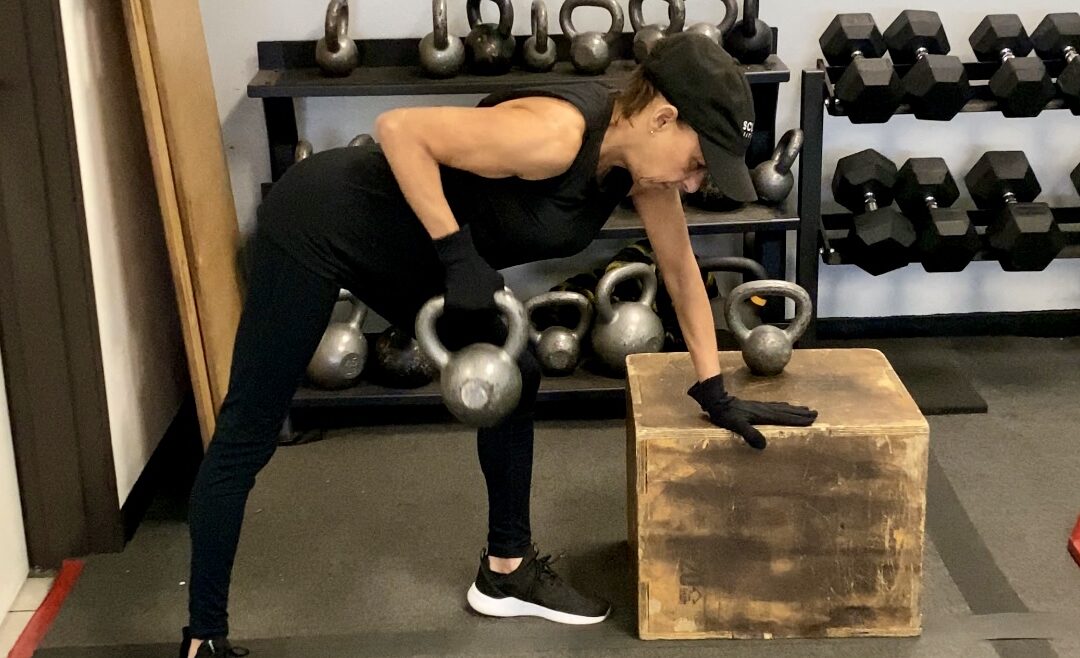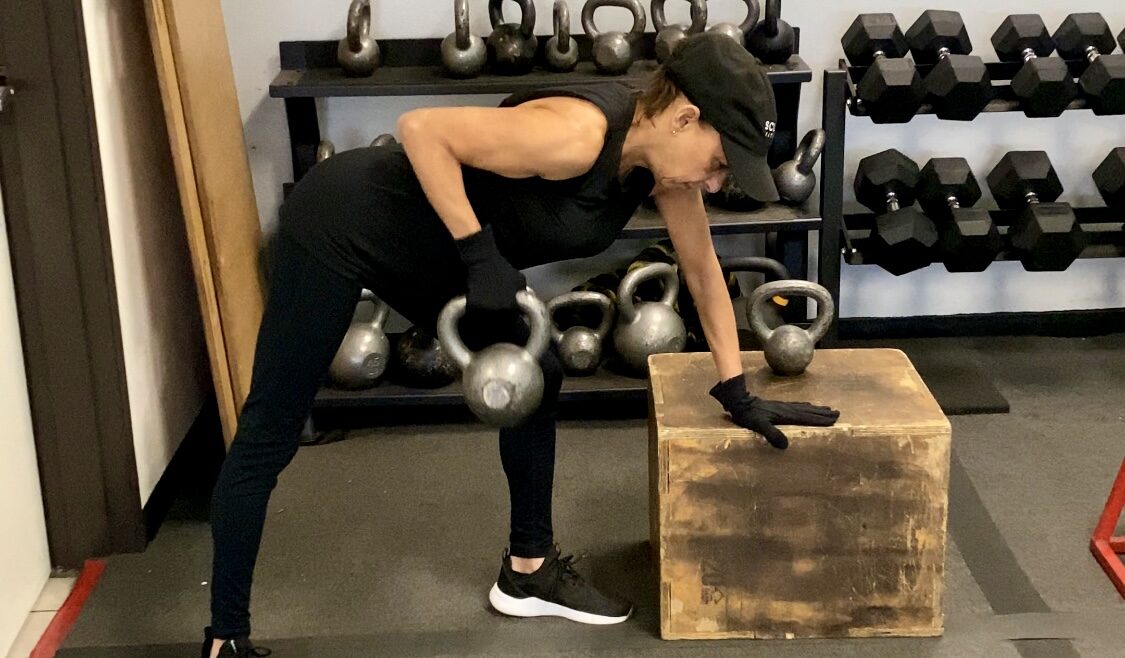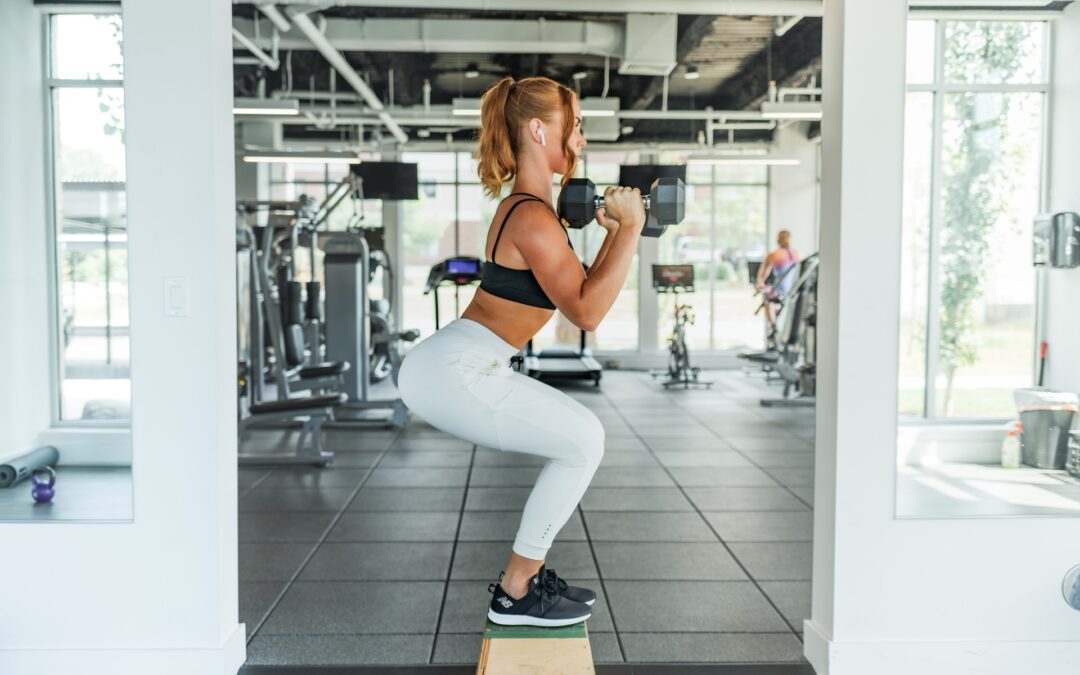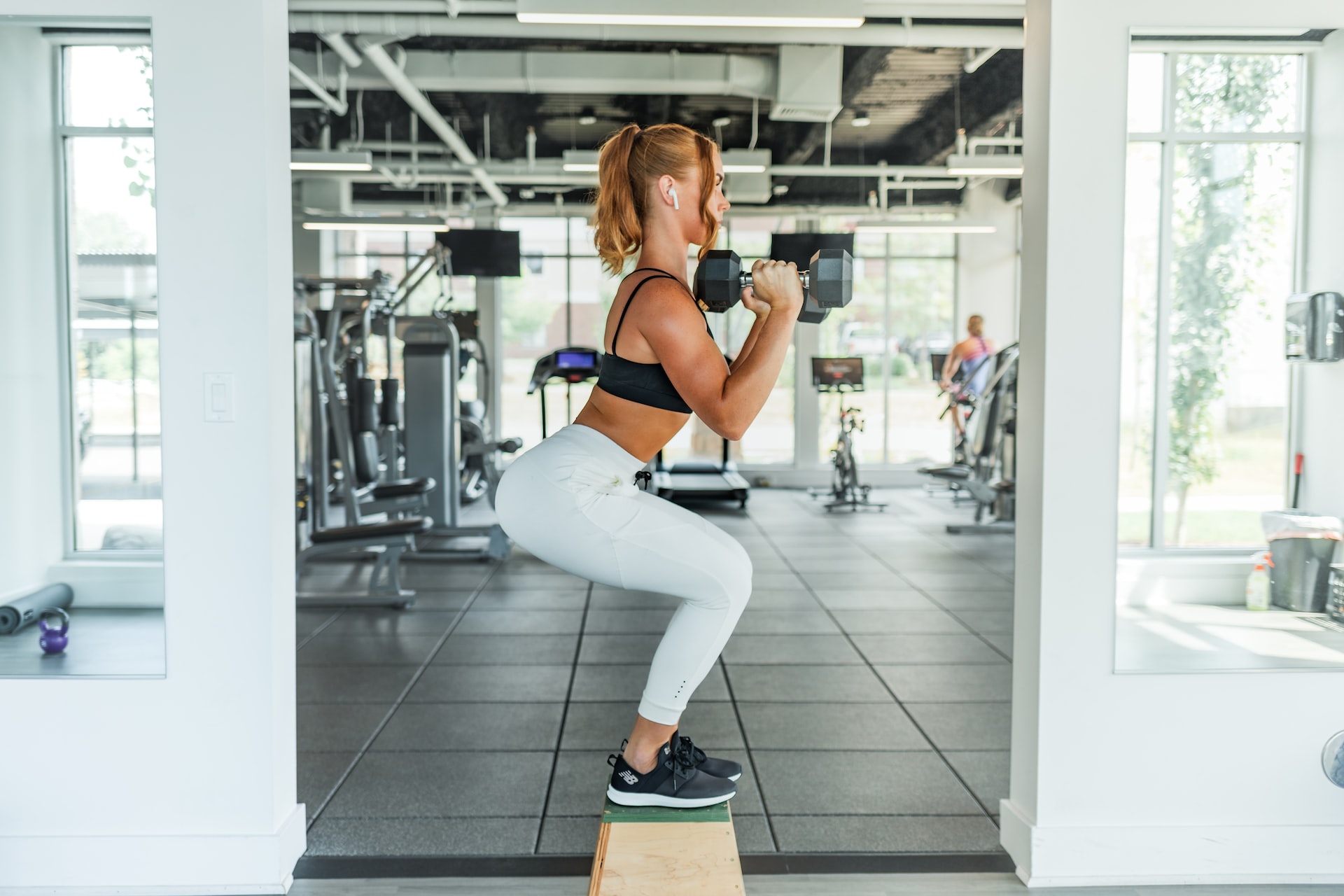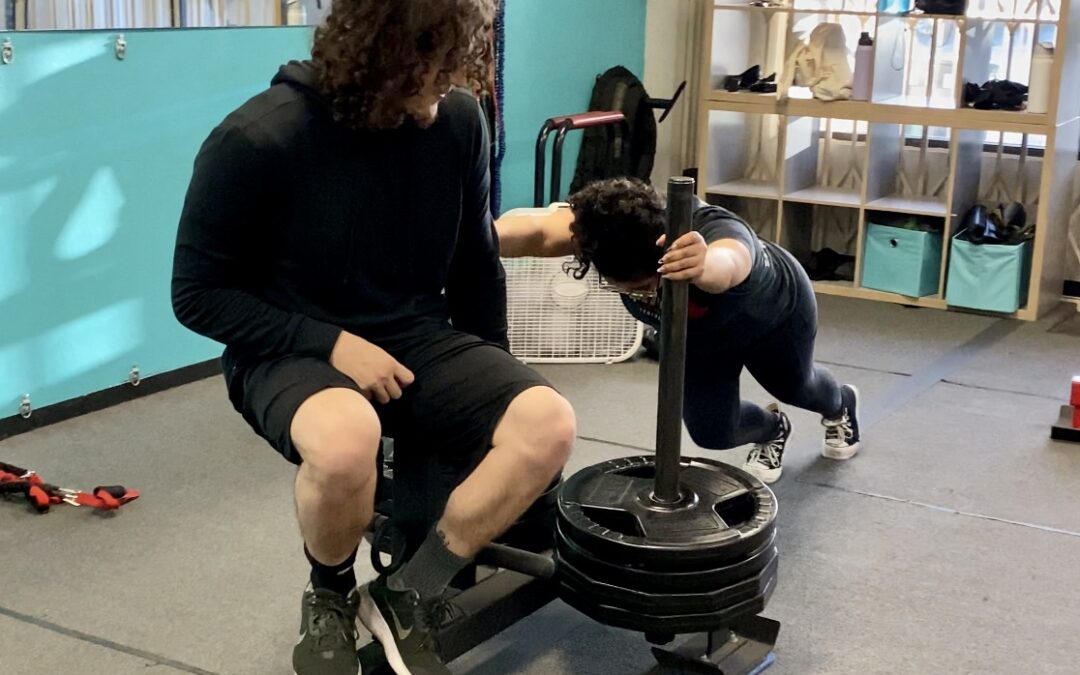
The Top 10 Benefits of Strength Training for Women
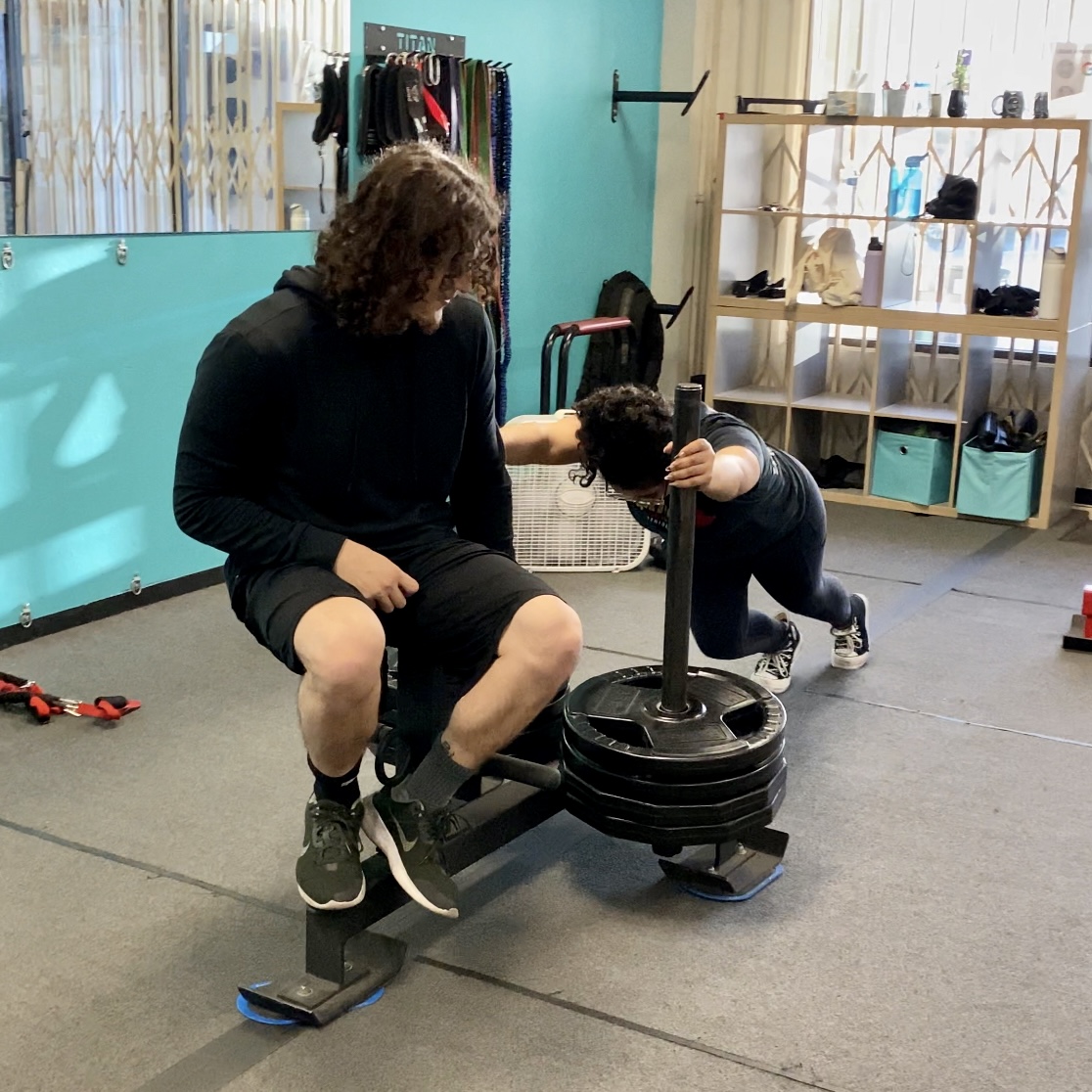
Strength training is an essential part of any fitness routine, and it’s particularly important for women. Despite common misconceptions, strength training isn’t just for bodybuilders or athletes – it’s a powerful tool for improving overall health and wellness.
Let’s explore the top 10 benefits of strength training for women and show you why it should be an integral part of your fitness plan.
1. Increased Muscle Definition
Strength training is one of the most effective ways to build lean muscle mass which is necessary to improve muscle definition. By challenging your muscles with resistance exercises, you create tiny tears in the muscle fibers that then repair and grow stronger. This process, coupled with a reduced body fat percentage, leads to a leaner, more toned physique.
2. Improved Bone Density
As women age, they are at increased risk of osteoporosis, a condition characterized by weak and brittle bones. Strength training is an excellent way to combat this risk by building stronger, denser bones.
3. Enhanced Overall Health
Strength training can also improve overall health by reducing the risk of chronic diseases such as diabetes, heart disease, and obesity. It can also improve balance, flexibility, and coordination.
4. Reduced Risk of Injury
By strengthening the muscles, tendons, and ligaments that support the joints, strength training can reduce the risk of injury during sports or other physical activities.
5. Increased Metabolism
Strength training can also boost metabolism by increasing muscle mass, which burns more calories at rest than fat. This can help with weight loss and weight management.
6. Improved Posture
Strength training can help improve posture by strengthening the muscles that support the spine, shoulders, and hips. This can alleviate pain and discomfort associated with poor posture.
7. Better Sleep
Regular exercise, including strength training, can improve sleep quality and duration. This can lead to better overall health and wellness.
8. Reduced Stress and Anxiety
Exercise has been shown to reduce stress and anxiety levels, and strength training is no exception. The endorphins released during exercise can improve mood and reduce feelings of stress.
9. Increased Confidence and Self-Esteem
Strength training can improve body image and self-esteem by creating a sense of accomplishment and improving physical appearance.
10. Enhanced Athletic Performance
Strength training can improve athletic performance by increasing power, speed, and endurance. This can benefit athletes of all levels, from weekend warriors to professional athletes.
Strength training is a powerful tool for improving overall health and wellness, particularly for women. By incorporating strength training into your fitness routine, you can enjoy numerous benefits, including increased muscle tone, improved bone density, and enhanced athletic performance. Start small and gradually increase the weight and intensity of your workouts to see the best results.
Ready to create a sustainable lifestyle and
build the body you want?

David Minishian, MPH
Fitness and Nutrition Coach
David is the owner and coach at Sculpt Fitness in Long Beach, CA. The mission he has started at Sculpt is to educate, equip, and empower the local community to make the best decisions for their health. He has been coaching exercise and nutrition for over 10 years, helping clients create sustainable lifestyle to build the body they want. When he's not training, coaching or cooking, David is on an adventure with his wife and daughter or teeing up his next shot on a golf course.
